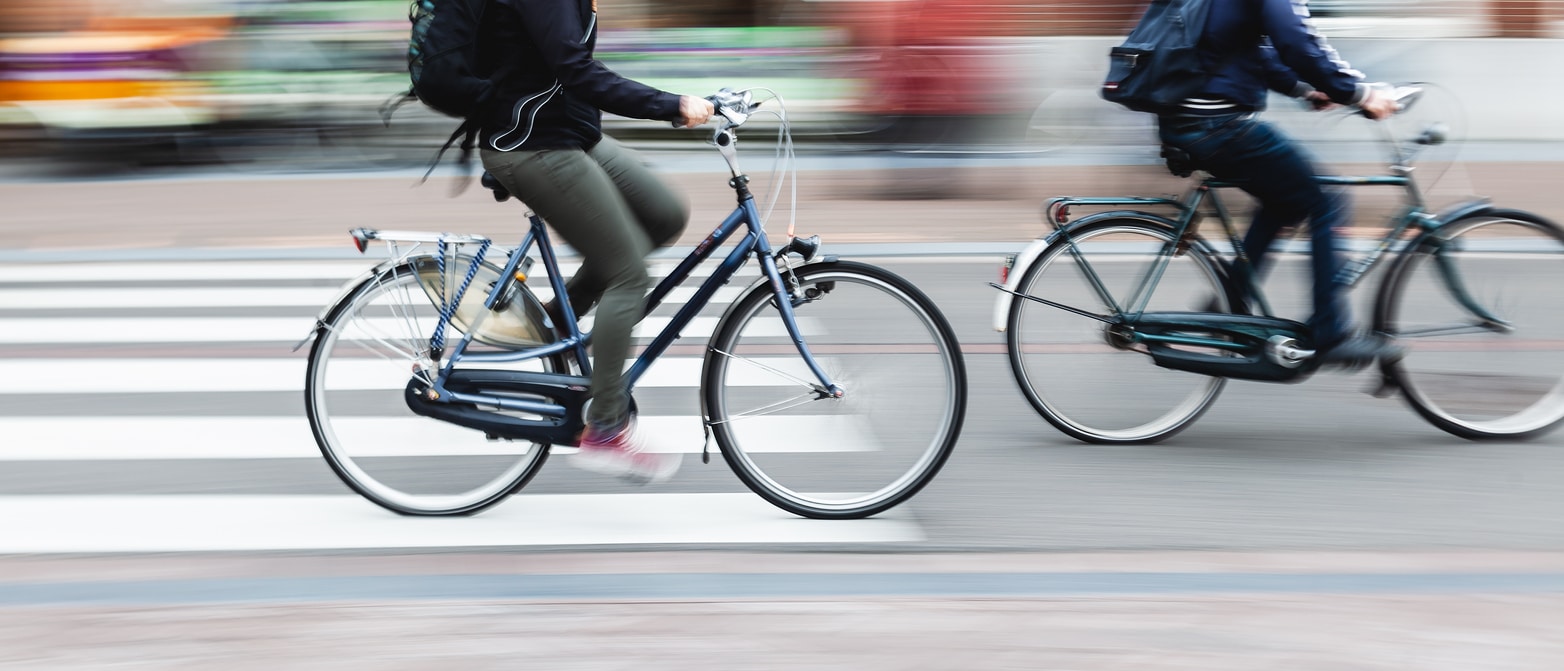
To enhance safety and reduce the risk of bicycle accidents, cyclists can adopt several effective strategies. Ensuring visibility to motorists, who are often distracted by various activities, is paramount. Here are key practices to follow for safer cycling:
1. Enhance Visibility with Appropriate Gear:
Visibility is critical. Opt for fluorescent clothing that covers you from head to toe, significantly increasing your chances of being seen by drivers. This includes a fluorescent helmet and jersey. Additionally, don’t overlook the importance of visibility on your legs and ankles; the motion of your pedals, known as “bio motion,” significantly increases the likelihood of being noticed by drivers. Equally important is the use of lights, even during the day. A bright white flashing light at the front and a red flashing one at the rear are not only legally mandated at night but are also advisable during daylight to further enhance visibility.
2. Optimal Lane Positioning:
Choosing where to ride on the road is crucial. While bike lanes are designed for cyclists, not all roads provide them, and sometimes taking up a full lane is necessary for your safety. Positioning yourself where you are most visible and where it’s safest based on traffic flow and road conditions is key. Websites like CyclingSavvy.com offer valuable insights into lane positioning for cyclists.
3. Communicate with Hand Signals:
Signaling your intentions clearly to drivers is essential, especially when navigating turns or changing lanes. Being predictable and timely with your hand signals can prevent misunderstandings and accidents.
4. Choose Routes Wisely:
Avoiding arterial roads with high traffic volume and speed limits can decrease the risk of accidents. Such roads often present more hazards due to commercial driveways and intersections. Opting for quieter, less trafficked routes is a safer choice.
5. Do Not Rely on Drivers Noticing You:
Always ride defensively and never assume you’ve been seen by a driver. Making eye contact, slowing down when uncertain, and watching for signs that a vehicle might enter your path are practices that can save lives. Observing the movement of a vehicle’s front wheel can provide early warning of its intentions.
6. Utilize a Bicycle Mirror:
While rear collisions are less common, being aware of what’s approaching from behind is still important for overall safety. A bike mirror can help monitor traffic without the need to constantly look over your shoulder, allowing for better control and preparedness.
By implementing these six strategies, cyclists can significantly reduce their risk of accidents and enjoy a safer riding experience. If you or a loved one has fallen victim to a bicycle collision and suffered injuries, please do not hesitate to reach out to Avian Law Group today. We have helped thousands of those that have been impacted by bicycle collisions, CALL US NOW at (888) 465-0540.